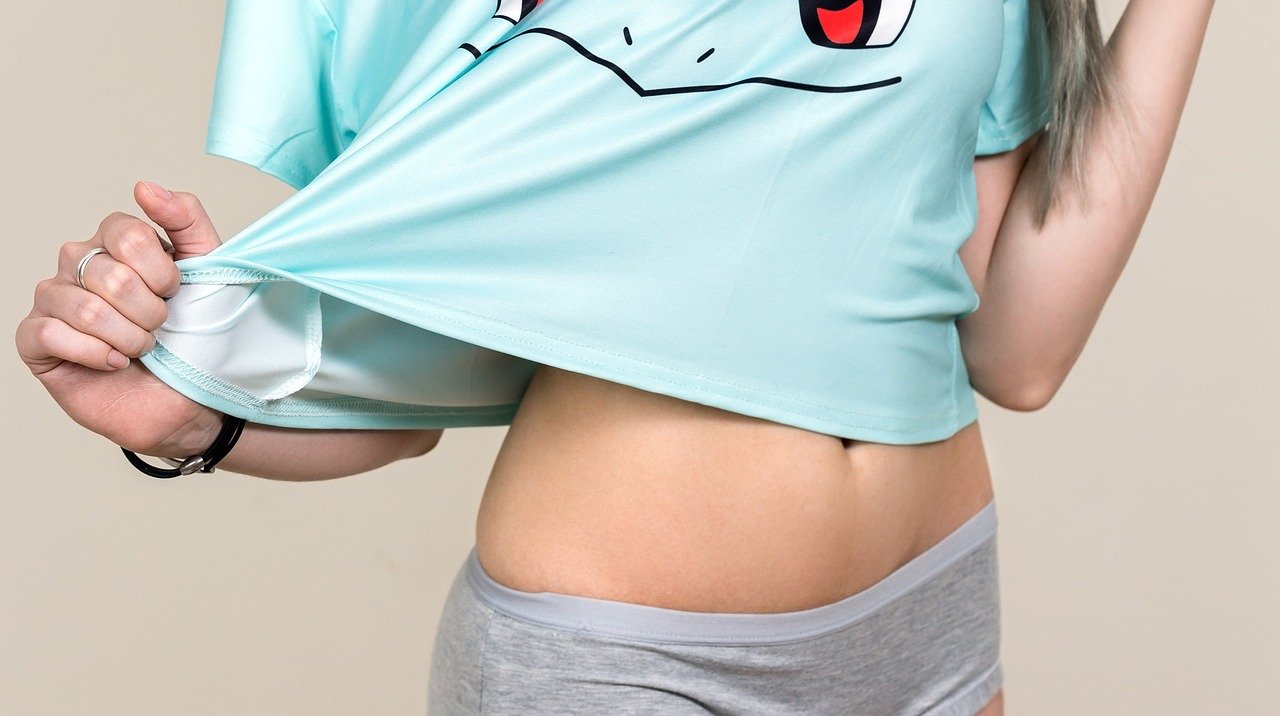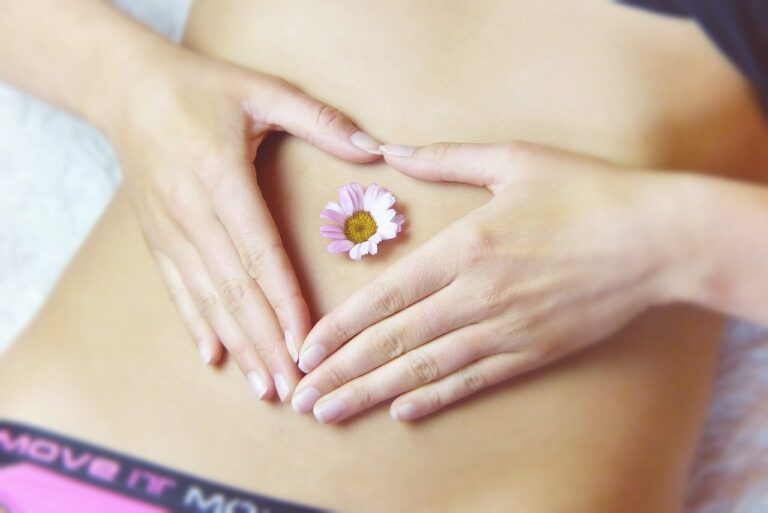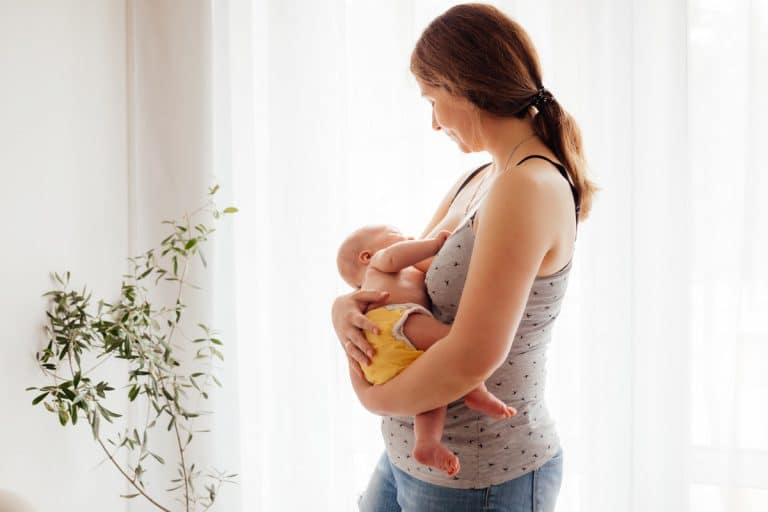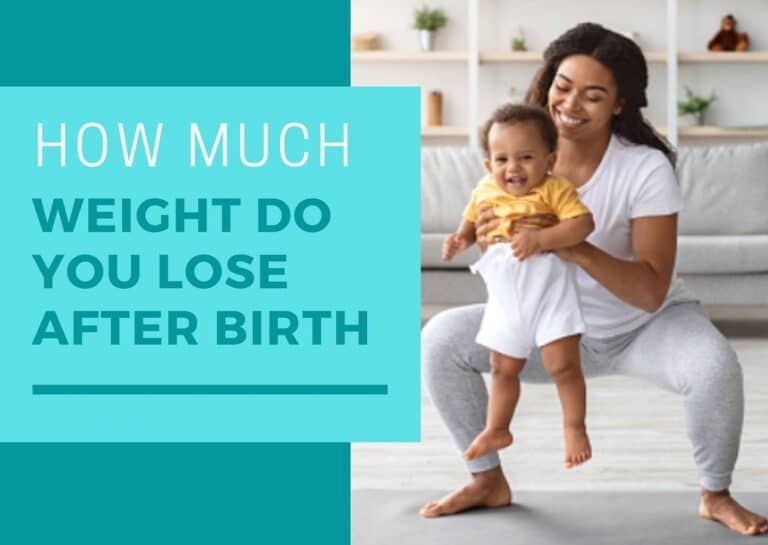The period of postpartum is a time of great joy, but it can also be challenging. It’s important to take some time for yourself and find ways to relax. The puerperium or puerperal period is the time beginning immediately after the birth of an infant, and extending for about six weeks. This is a recovery and adjustment period for both the mother and the baby, who have just undergone great changes.
When we hear “postpartum”, most of us think about everything after this short period – but it’s not like that. All those months you’re still recovering from childbirth and breastfeeding. Today in this blog we are going to discuss the journey of women postpartum belly.
In This Article
- What is a postpartum belly?
- What happens in the journey of belly postpartum period?
- 1. After 3 days postpartum belly
- 2. After 2 weeks postpartum belly
- 3. After 3 weeks postpartum belly
- 4. After 5 weeks postpartum belly
- 5. After 6-week postpartum belly
- 6. After 8 weeks postpartum belly
- 7. After 3 months mummy tummy
- 8. After 4 months postpartum belly:
- 9. After 6 months postpartum belly
- When does postpartum belly go away?
- Tips to care for your body in the postnatal period?
What is a postpartum belly?
The postpartum belly is a condition where women lose weight and skin tone. Due to stresses tracing back from their pregnancy. The hormones released during pregnancy help the body retain water. So the postpartum women may notice additional retention of fluids as their hormone levels settle down. For many females with this condition, it will take two months after their childbirth for them to see their regular size again.
Belly fat accumulation is often attributed simply to “metabolism changes” in pregnant women. It is important to note that while metabolism does indeed change during pregnancy. The true root cause of this weight gain is the hormonal shifts that lead to water retention and a decrease in a woman’s basal metabolic rate. While some moms can experience certain challenges, others may have it pretty easy as far as recovery from childbirth goes.
After giving birth, many women experience a large unresolved clot that resides in the pelvic floor. Which produces an outline of where it once resided within the uterus and can create pressure or discomfort on the bladder. And this may lead to decreased urine production. Should these clots not be passed promptly through urination, they will likely cause problems such as diastasis recti, cystitis, and swelling due to increased fluid volume in these regions.
What happens in the journey of belly postpartum period?
In the journey from pregnancy to post-pregnancy, a major theme is the release of hormones and other substances stored in a woman’s body during pregnancy. Below we will explain the conditional journey through the months of antenatal and postnatal periods and how postpartum belly wraps.
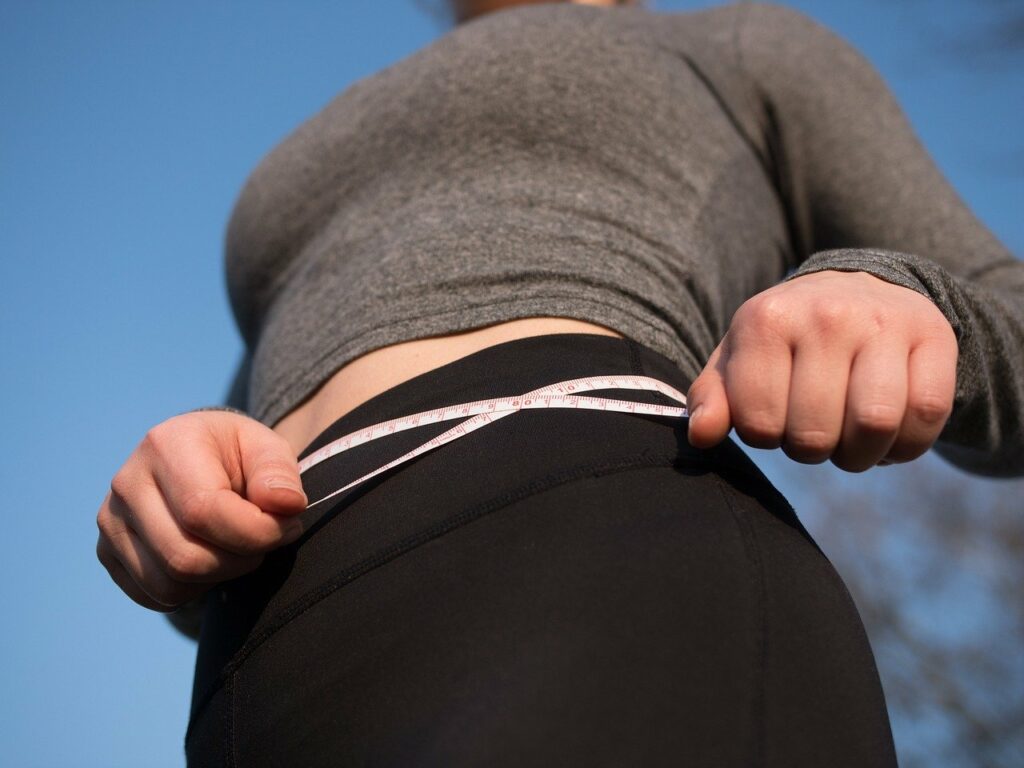
1. After 3 days postpartum belly
Some women might experience some vaginal bleeding even after three days of giving birth. In this period most women still look pregnant. This is normal and it does not indicate that something bad happened. However, if the bleeding continues for more than a week, you should go to the doctor in order to check what is going on. And stomach muscles are strong during pregnancy, the belly tends to stretch out.
2. After 2 weeks postpartum belly
In this period, most mothers can recover faster and waste fast. However, this is still a period when you need to be careful about your postpartum health. And avoid any physical exertion such as lifting heavy objects or climbing stairs. After 2 weeks abdominal muscles will become stronger and it will be much easier to do daily activities. After this period you will feel like your normal self again and your stomach muscles gradually regain their normal function.
3. After 3 weeks postpartum belly
After 3 weeks postpartum, your uterus is now about half of its initial size and then the condition will continue. Your uterus is back to normal and your belly can shrink little by little. The reason we recommend using a post-pregnancy belly wrap is not only. But also because it supports the rectus abdominis muscle and helps to tighten them. So the uterus can resume its normal growth after lose pregnancy weight. In this stage, some women should start to lose their pre-pregnancy weight and be able to get normal body size.
4. After 5 weeks postpartum belly
In this particular week, the process of child breastfeed burn extra calories and helps mothers to lose weight. This is the right time for mothers who want to burn belly fat. In order to weight loss, mothers can eat a light and properly balanced diet food. But in this time diastasis recti rehabilitation exercises and normal weight loss exercises should not be done. After giving birth, in this period breastfeeding moms start losing weight and their baby growth has begun.
5. After 6-week postpartum belly
In this period, the body undergoes a lot of changes. The hormones released during this time affect the new mothers in different ways. In most cases, there is a recovery of the uterine wall or uterus after giving birth to a child. According to the physical therapist in six to eight weeks pre-pregnancy bodies should start abdominal separation exercises or healthy weight exercises. This will help to lose belly fat and tighten the rectus abdominis muscles as well as give relief from the diastasis recti problem.
6. After 8 weeks postpartum belly
In this week of postpartum weight, loss the belly wraps around the waist. Which will help you to lose excess weight. You can also use some additional exercises for this purpose. It is not necessary that if a woman does not get back to her pre-pregnancy shape or she will have stretch marks. If there are stretch marks, then the person has to follow home remedies and avoid taking stress over them. This can take time and patience as well as love and care.
After 2 months of postpartum belly, the uterus begins to return gradually to its normal size. Then after this time, you will be able to put your skinny clothes back on. And Abdominal separation occurs when the connective tissue that runs along the midline of your stomach. When this tissue is stretched to accommodate a growing uterus and prevent ab muscles and pelvic floor from separating.
7. After 3 months mummy tummy
In this month a woman’s body is experiencing many physical changes. Like Vaginal secretions, stretch marks, etc. there are chances of various other issues like yeast infection, hardening, abdominal separation, and swelling in the breasts. Although it is very important to take care of yourself during this period due to fatigue and lack of motivation sometimes you neglect your health and wellbeing.
8. After 4 months postpartum belly:
After 4 months pregnant, the remaining placenta and internal tissues of the uterus are completely expelled from the body. The uterus then returns to its normal size for between 6 and 8 weeks after birth. After this period, your doctor might recommend you to take a regular preventive examination that will help him/her rule out problems such as bladder infections, abdominal separation, etc.
9. After 6 months postpartum belly
The final phase in postpartum is the formation of a new and healthy life. During this period, it is very important to maintain physical and mental health. By following the rules related to menstruation and exercise. In addition, many physical therapists have provide medical advice on how much weight should lose after the belly button. It is time for you to return back to your completely normal routine and follow a healthy diet.
When does postpartum belly go away?
For most, the postpartum belly goes away up to 6 months after giving birth. The abdominal muscles and stomach need time to contract and heal. While we often believe our abdominal wall muscles are only there for posture and not much else. They actually play a major role in breathing and core stability. The recovery time for postpartum belly varies depending on the individual. One person might experience no recovery, while others might take weeks, months, or years.
When these muscles are stretched out by carrying a baby around all day long. Even if you’re working on maintaining deep abdominal strength with exercises like planks. You’ll still experience lower-back pain because your abdominals just can’t do their job as well as usual. And then sometimes it takes time for them to return to their original size particularly after carrying twins or triplets.
There are various natural ways available to remove the post-pregnancy fat layer that causes the appearance of a bulge in women after pregnancy. You can reduce your hip size, thigh circumference, and waistline with regular exercise. You can also follow some simple steps put in place after the postpartum. That will help tone and tighten your abdomen.
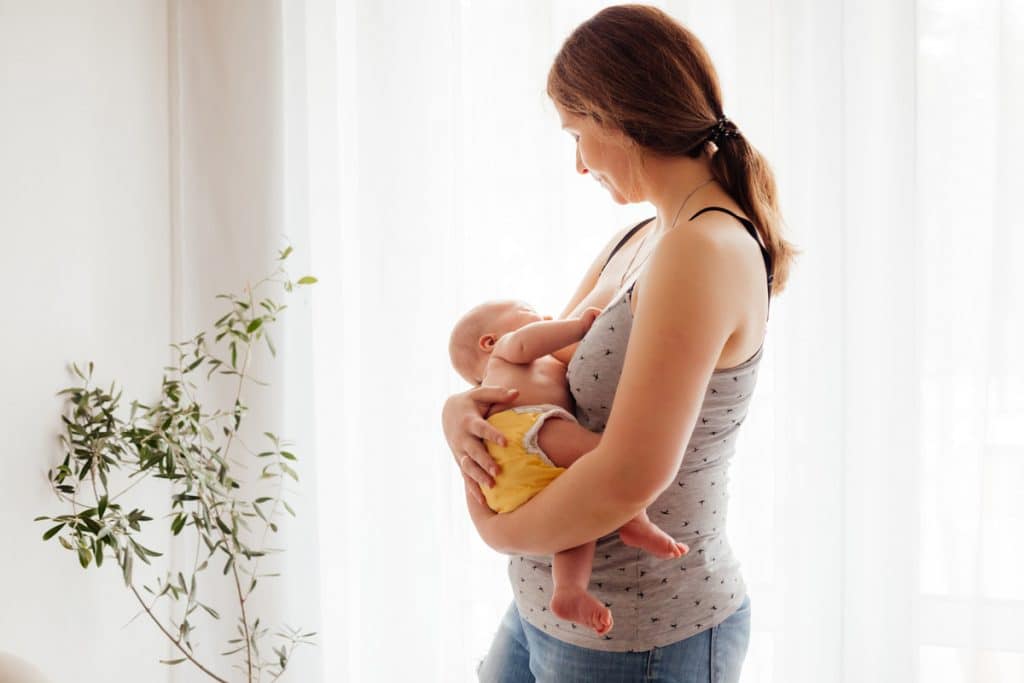
Tips to care for your body in the postnatal period?
Follow these tips to care for your body in the postnatal period for a flatter belly. And they are:
- Drinking enough water or extra fluid to stop the body from dehydrating.
- Do not abuse painkillers during pregnancy and after giving birth.
- Take care of yourself during this period, sleep well, exercise regularly.
- In this period moms should be eating healthily and don’t be stressed about the extra fat or how many calories they consumed.
- The main tip is what moms feed their babies during the lactation period will contribute to maintaining the pre-pregnancy state.
- Take care of your posture, to avoid problems in the future.
- Wear comfortable clothes that do not hinder you in your daily tasks.
- Stretch before getting out of bed in the mornings to avoid pain or injury.
- Postnatal yoga does not have to involve strenuous or complicated movements, but it can be a good way of getting back into shape.
The Conclusion!!
The postpartum belly is a unique and special journey. The postpartum stomach can take many different shapes and sizes. Whether it’s the result of a C-section, multiple births, or just one pregnancy. Every woman is unique in how she carries her new life around. It may be hard to tell that you’re pregnant at first because your body will get used to this new weight soon after giving life to birth.
However, one of the most important things to know about postpartum stomach is that it will go away eventually. It may take some time, but your body will return to its pre-pregnancy size in due time. There are many ways for new moms to get their bodies back quickly and easily after pregnancy without surgery.

